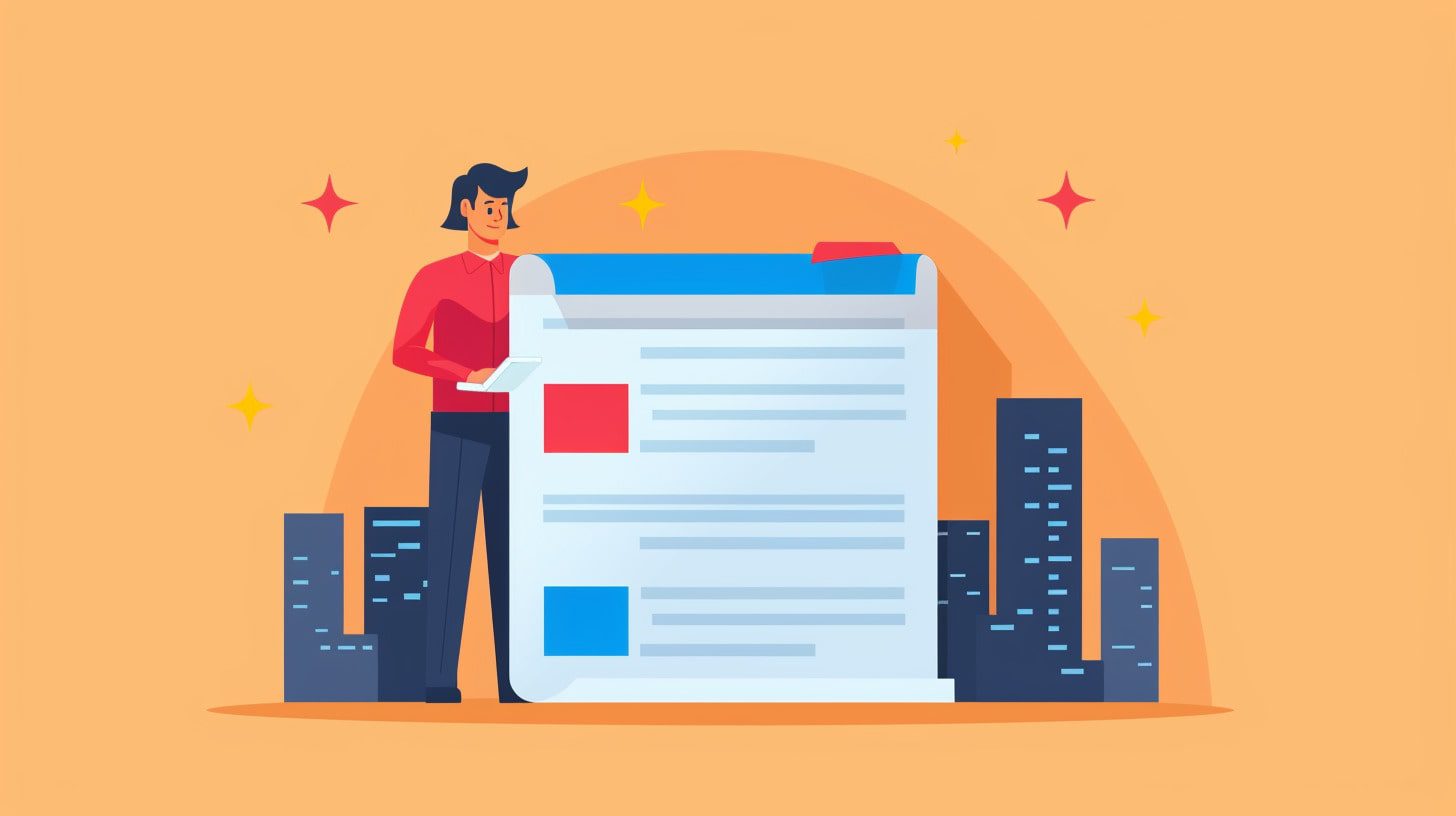
Introduction
1. Why Page Speed Matters

2. Image Compression
3. Minimize HTTP Requests
4. Use Browser Caching
5. Minify CSS, JavaScript, and HTML

6. Reduce Server Response Time
7. Implement Content Delivery Networks (CDNs)
8. Optimize Plugins
Plugins can add valuable features to your website, but too many plugins can slow it down. Regularly review your plugins, deactivate or remove those that are unnecessary, and ensure the remaining ones are optimized and up-to-date.

9. Prioritize Above-the-Fold Content
Above-the-fold content refers to the portion of your website that is visible without scrolling.
Prioritizing the loading of above-the-fold content ensures that users see the most important parts of your site first, improving perceived load times and user experience.

10. Regular Performance Testing
Performance testing is essential for maintaining and improving your website’s speed.
Use tools like Google PageSpeed Insights, GTmetrix, and Pingdom to regularly test your website’s performance.
These tools provide insights and recommendations for optimizing your site’s speed.
Conclusion
By implementing these top tips for page speed optimization, you can enhance your website’s performance, provide a better user experience, and improve your search engine rankings.
Stay proactive in monitoring and optimizing your site to ensure it runs at lightning-fast speeds.

